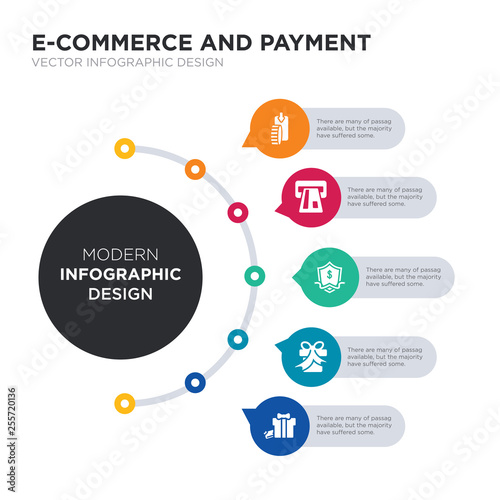Typography Trends in Glass Inscription
Inscribing on frozen glass needs unique focus to information. Begin with reduced power settings and progressively enhance as needed to prevent warmth buildup or fracturing.
Laser inscribing enables complex styles not possible with traditional approaches. Epilog Laser equipments are easy to use with user-friendly software program for a seamless process. The equipments are durable and can accommodate larger workspace for oversized jobs.
Typefaces
Glass inscription is a conventional strategy that calls for a great deal of skill and workmanship. Engravers use a variety of devices to accomplish the results that we know with today. Among them are diamond-point and wheel inscription, chemical etching and stippling. While these strategies have their location, laser-engraving is the most reliable and versatile approach for glass etching.
The right typefaces can help your personalized styles stand apart. One alternative is a serif font, such as Lucida Hand, Monotype Corsiva or Georgia. These font styles include elegant decorations that create a classy, sophisticated search for your celebratory plaques or customized presents.
Another alternative is to utilize a manuscript typeface such as Century Gothic, which features narrow serifs and alternates with stylistic swashes. Its thicker strokes make it extra readable at little dimensions, which is essential for laser inscription. This font likewise engraves faster than other kinds of typefaces, which can save you time on larger jobs.
Typefaces
Engravings etched on glass are a vital part of modern-day interior design. The product's capacity to mirror and refract light offers it a visual that can change the total mood of a space. Engraved glass can be utilized for a vast array of attractive purposes, from doors and dividings to table tops and furniture.
Engraving modern technology has actually advanced substantially in the last years, allowing better accuracy and even more intricate layouts. Technical technologies consist of the intro of laser systems for boosted precision and rate. Other attributes include the integration of AI and artificial intelligence for computerized procedure optimization, in addition to boosted power effectiveness and sustainability.
When picking a typeface for inscription, it is necessary to consider its readability and kerning (letter spacing). A tighter kerned font style is less complicated to review than a broader one. Various other aspects that influence font choice include style and aesthetic. As an example, a cursive typeface such as Lucida Calligraphy can look classy and enchanting for personalized presents and awards.
Font Combinations
When inscribing a gift or customizing something with an inscription, the font style you select can make or damage it. Whether you are aiming to include a touch of romance or a whimsical print, there is a font around to match your requirements.
The most important facet of selecting the appropriate font style is its readability. Block typefaces like Times New Roman and Arial are terrific for personalized texts that need to be clear and conveniently readable at smaller sized dimensions, while script or cursive fonts can add an extra https://www.google.com/search?q=About+https://www.youtube.com/watch?v=kz3L7wmyUxs&tbm=ilp unique touch.
A typeface that works especially well with laser inscription is Bebas Neue. Its consistent line thickness makes it easy for newbies to make use of and creates outcomes that are crisp and expert. It additionally engraves well on timber and acrylic surfaces. Combining Bebas Neue with a serif font, such as Sacramento or Montserrat Light, develops a clean, classy style. The contrast in between these styles helps the text to stand apart and be clearly identified.
Colors
A laser inscribing maker can etch a layout into glass. The process creates a long-term mark, and is frequently paired with other techniques to generate polished coatings. Depending on the kind of glass used, various outcomes can be attained. Engraving machines supply flexibility and accuracy compared to older techniques of glass refining, and can be used to produce one-of-a-kind layouts that are not feasible with conventional devices.
When etching fragile glass, use a support product to absorb power from the laser. This prevents warm buildup and splitting. It is additionally important to keep accurate laser focus on the surface of the glass.
Utilizing a pen or plastic sticker to draw the wanted style on the surface of the glass makes it less complicated to achieve accuracy when engraving. When the layout is engraved, a Dremel tool can be utilized to brush away any kind of remaining glass bits and disclose the end product. Polishing the glass brings back openness and boosts the aesthetic of the finished product.

Comments on “How To Avoid Chipping And Cracking In Thin Glass”